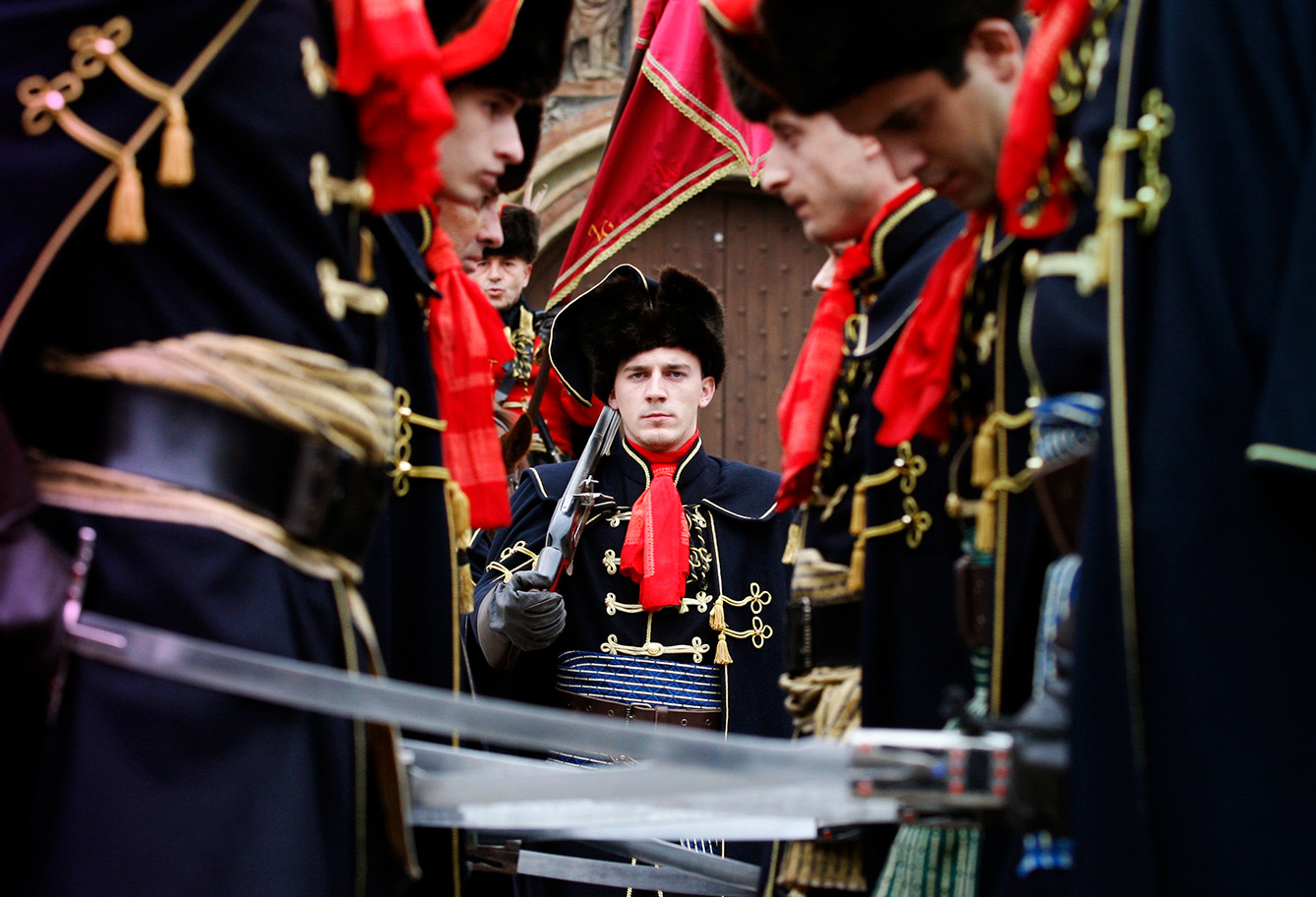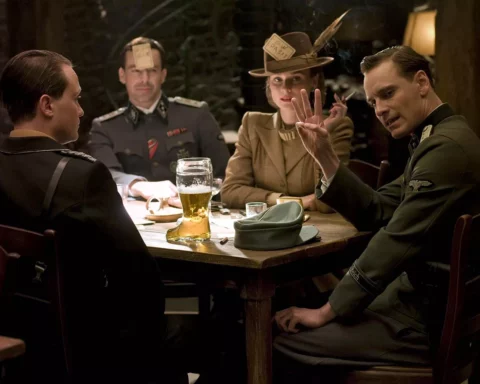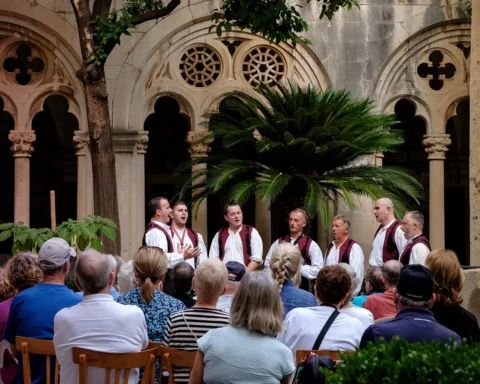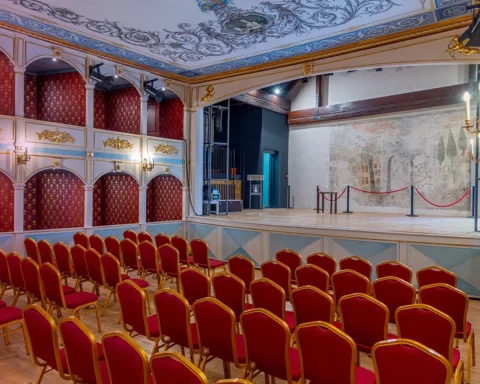Ask anyone about the birthplace of high fashion, and France will be by far the most frequent answer. But fashion takes many paths, and one of them leads to France from Croatia. In 1630, Croatian mercenaries appeared in Paris and were presented to King Louis XIII as fearless and exceptional soldiers. Indeed they were an impressive lot, but what really drew the king’s attention were the knitted scarves the soldiers would wear as neck decorations.
Cravat: the origin of necktie
Varying in quality, from simple, raw cloth to perfectly woven silks, these neckties were a sign of social class and also, in consequence, military rank. The neck decoration, which served as a sweat absorber for soldiers, had long been known and used. But the 17th-century French were so impressed that the style was soon appropriated into civil fashion. They named it the cravat, a word derived from the French word for ‘Croat.’
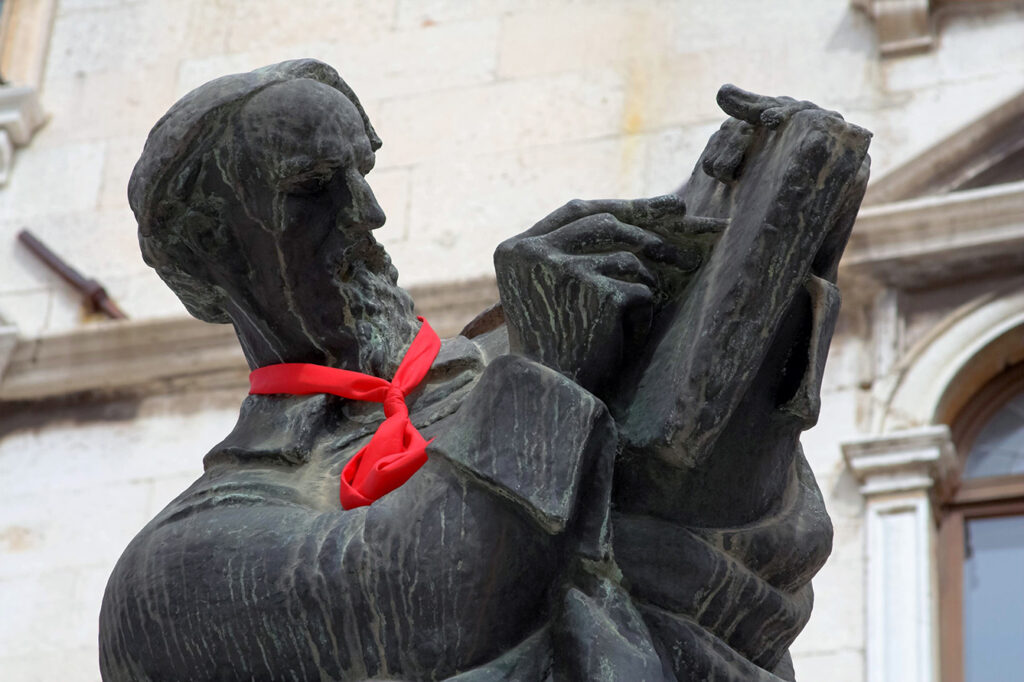
The legend has it that the origin of the Croatian tie has nothing to do with a tactical need for distinction between soldiers. This is because it was not the men in command who invented neckties for soldiers; it was their wives. When men would fight battles in the valley, their wives would watch from the hills above and, thanks to the ties, know how their husbands were faring.
Fashionable soldiers
Obviously, this is only a myth. However, the truth is that the Croatians could actually be the inventors of the cravat, and the French merely early adopters. If soldier fashion proliferated into civil life in France, why couldn’t it have been present even earlier in Croatia? The claim in this argument is that French King Louis XIV was not, as it is sometimes told, the first to wear the tie. There is a portrait of the Dubrovnik poet Ivan Dživo Gundulić from 1622, where he is portrayed with a cravat around his neck.
The necktie was a short-lived fashion in the 17th century, but it came roaring back in the late 18th century when men would wear a white starched neckerchief under their chins. Famous London dandy Beau Brummel even gave shows of his morning bathing and dressing routine. His audience, the crème de la crème of the British aristocracy, would watch just to take a peek at how to tie a necktie properly. And some things never change, as it sometimes took much trial and error to achieve a perfect knot.
The pride in inventing the necktie remains alive in Croatia, where Cravat Day is held on October 18th.


